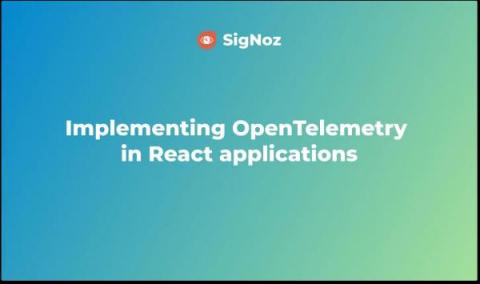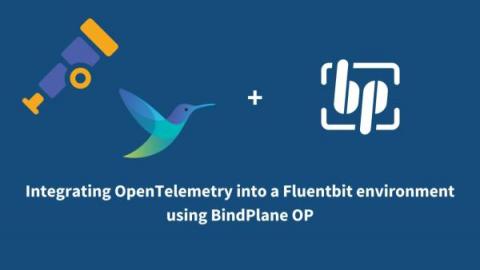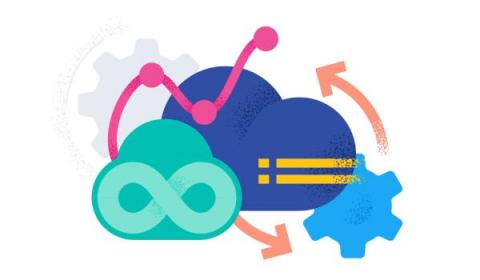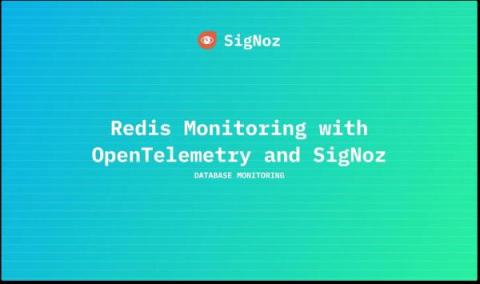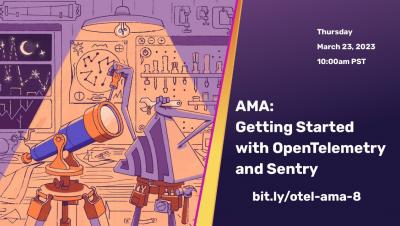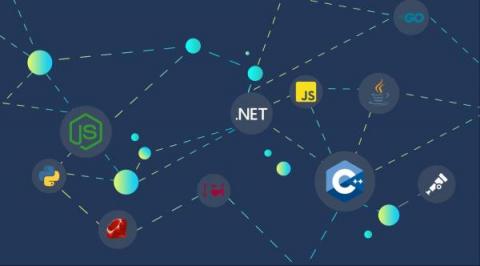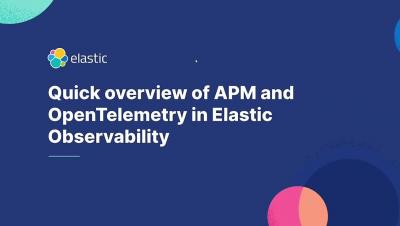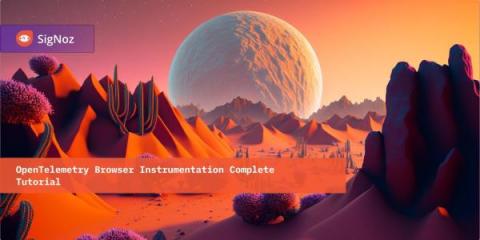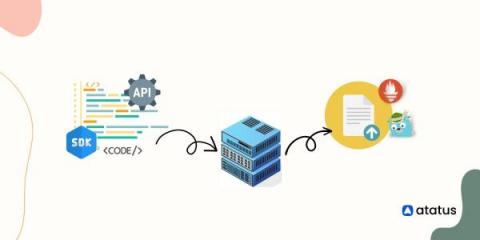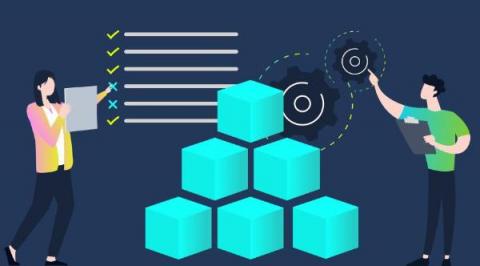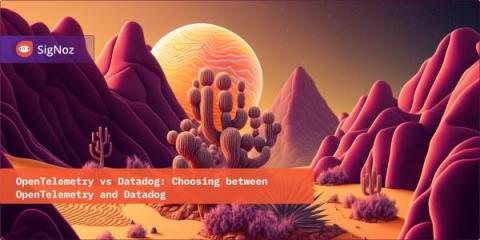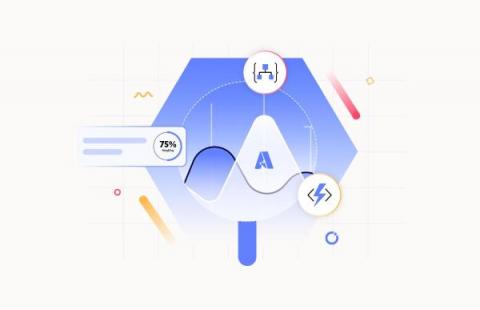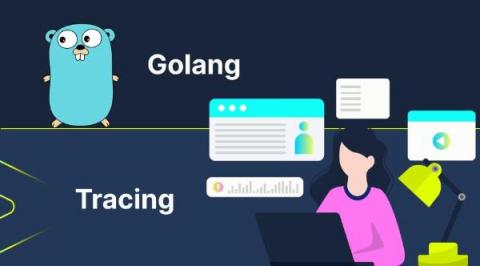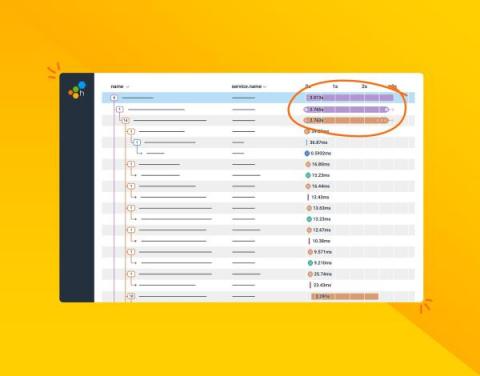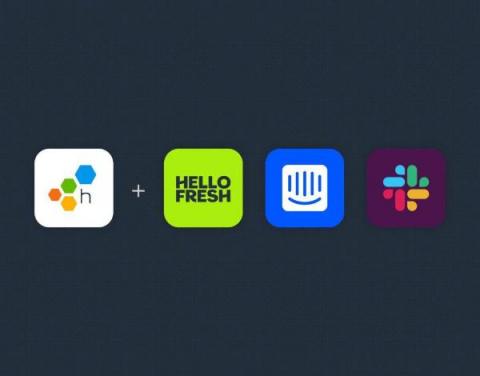Operations | Monitoring | ITSM | DevOps | Cloud
March 2023
Integrating OpenTelemetry into a Fluentbit environment using BindPlane OP
Elastic Observability: Built for open technologies like Kubernetes, OpenTelemetry, Prometheus, Istio, and more
As an operations engineer (SRE, IT Operations, DevOps), managing technology and data sprawl is an ongoing challenge. Cloud Native Computing Foundation (CNCF) projects are helping minimize sprawl and standardize technology and data, from Kubernetes, OpenTelemetry, Prometheus, Istio, and more. Kubernetes and OpenTelemetry are becoming the de facto standard for deploying and monitoring a cloud native application.
Trace at Your Own Pace: Three Easy Ways to Get Started with Distributed Tracing
Learn How NS1 Uses Distributed Tracing to Release Code More Quickly and Reliably
Redis Monitoring with OpenTelemetry and SigNoz
AMA: Getting Started with OpenTelemetry and Sentry
Honeycomb and OTel Demo
API observability: Leveraging OTel to improve developer experience
APIs provide a way to simplify development, reduce costs, and create more flexible and scalable applications. Much of today’s development relies on APIs – in the integration of third-party services, in the communication between microservices, in mobile app development, and in other use cases. Some APIs even exist as products themselves for customers to use.
Customer Insights: The journey to Open Telemetry
Easily configure Elastic to ingest OpenTelemetry data
OpenTelemetry Browser Instrumentation Complete Tutorial
Deploy Open Telemetry to Kubernetes in 5 minutes
OpenTelemetry is an open-source observability framework that provides a vendor-neutral and language-agnostic way to collect and analyze telemetry data. This tutorial will show you how to integrate OpenTelemetry on Kubernetes, a popular container orchestration platform. Prerequisites.
A Beginner's Guide to OpenTelemetry
OpenTelemetry (OTel) is an open-source observability framework that provides a standardized way of collecting, processing, and exporting telemetry data (metrics, traces, and logs) from distributed systems. It was born by a merger between two previously separate observability projects, OpenCensus and OpenTracing, and it is currently maintained by the Cloud Native Computing Foundation (CNCF).
Evaluating distributed tracing tools: A guide
Adopting a distributed tracing solution to make an application more observable and maintainable is one of the most common key initiatives modern R&D teams have on their plates currently. With the move to microservices architectures, development teams are finding that it’s taking them longer to build applications due to tasks that are growing in complexity.
OpenTelemetry vs Datadog - Choosing between OpenTelemetry and Datadog
The Importance of Azure Distributed Tracing in Integration Services
Golang Distributed Tracing - OpenTelemetry Based Observability
OpenTelemetry (OTel in short) is an open-source observability framework that provides a standard set of vendor-agonistic SDKs, APIs, and tools to connect with observability backends. It supports all major programming languages, including Java, Python, Node.js, and Go. However, Golang tracing by integrating OTel with Golang is particularly challenging due to several reasons.
Understanding Distributed Tracing with a Message Bus
So you're used to debugging systems using a distributed trace, but your system is about to introduce a message queue—and that will work the same… right? Unfortunately, in a lot of implementations, this isn't the case. In this post, we'll talk about trace propagation (manual and OpenTelemetry), W3C tracing, and also where a trace might start and finish.
How 3 Companies Implemented Distributed Tracing for Better Insight into Their Systems
Distributed tracing enables you to monitor and observe requests as they flow through your distributed systems to understand whether these requests are behaving properly. You can compare tiny differences between multiple traces coming through your microservices-based applications every day to pinpoint areas that are affecting performance. As a result, debugging and troubleshooting are simpler and faster.


